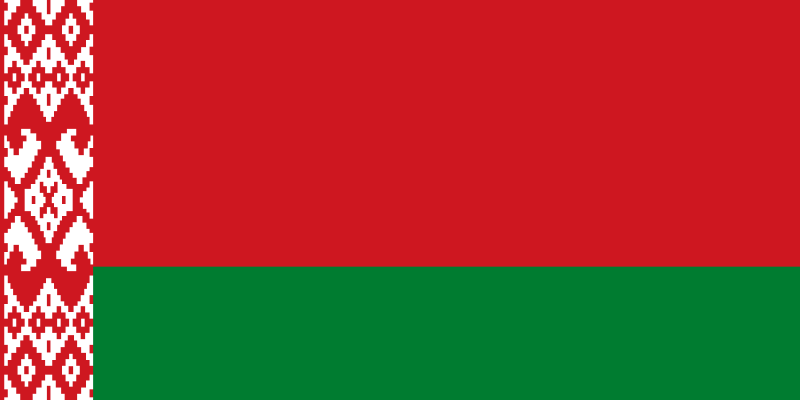A closer look at Belarus
Tucked away in Eastern Europe, Belarus is a country of endless green forests, winding rivers, and wide-open farmland. It’s bordered by Russia, Ukraine, Poland, Lithuania, and Latvia — and though it’s landlocked, you won’t miss the sea with so many lakes and wetlands to explore. Covering about 207,600 square kilometers, Belarus is big enough to feel spacious but cozy enough to keep a strong sense of community.
Home to around 9.4 million people, Belarus is one of the least crowded spots in Europe. Most people here are ethnic Belarusians, with vibrant Russian, Polish, and Ukrainian communities adding their own flavors to the culture. Minsk, the capital, isn’t just the heart of Belarus — it’s the country’s bustling hub for arts, business, and everyday life.
Fields, forests, and a proud farming tradition
If you ask locals what Belarus is known for, chances are they’ll tell you about its land. With its flat plains, rich soils, and gentle climate, Belarus has always been deeply tied to farming. Crops like potatoes, wheat, and sugar beets have shaped the economy and the dinner table for generations. Belarus’s nickname as the «breadbasket of Europe» isn’t just a saying — it’s a way of life.
Forests cover more than a third of the country, offering timber, wild berries, and fresh air. Rivers and lakes crisscross the landscape, making it ideal not just for farming, but also for fishing and quiet retreats into nature.
Climate of Belarus
In Belarus, you really feel the seasons. Summers are warm and sunny, with temperatures hovering around 17–20°C — though some days can get toasty near 30°C. Winters, on the other hand, bring a true snow-filled wonderland, with the thermometer dipping to -8°C and sometimes even lower.
The country’s temperate continental climate, shaped by its geography and Atlantic breezes, means plenty of rain for crops and snow for scenic winters. This cycle of seasons helps maintain the fertile land that Belarus is so proud of.
A Country Where Languages Meet
Belarus is a place where languages naturally mix. The official language is Belarusian — a close cousin of Russian and Ukrainian — but on the streets of Minsk and other cities, you’ll hear a lot of Russian too. In fact, Russian is so common that many people switch between the two without even thinking about it.
There are also communities where you might hear Polish, Ukrainian, and even a bit of Yiddish, a reminder of the country’s multicultural roots. While Belarusian is taught in schools and used in official documents, Russian often dominates daily conversations, especially in urban areas.
This language blend plays a big part in Belarus health system analysis too. Making healthcare information available in both major languages helps ensure that everyone — whether they prefer Belarusian or Russian — can access the care they need.
Changing times: Demographics in Belarus
The face of Belarus is quietly shifting. Like many places in Europe, the country is seeing its population age — people are living longer, but fewer babies are being born. Seniors now make up a bigger part of the community, a trend reflected in Belarus mortality statistics.
Meanwhile, another change is happening: more Belarusians are trading country life for the opportunities of the city. Urban areas are growing, bringing both energy and new challenges.
As these cities expand, improving Belarus healthcare access becomes a real priority. Early detection and management of communicable diseases also get a boost when healthcare is close at hand.
Still, Belarus public health challenges remain, from supporting an aging population to making sure that healthcare services reach everyone, no matter where they live.
Little-Known Wonders of Belarus
One of Belarus’s treasures is the Belovezhskaya Pushcha National Park — Europe’s largest and one of its oldest forests. This UNESCO World Heritage site is home to majestic European bison and countless other species.
Belarus also proudly carries its nickname as Europe’s «breadbasket.» It’s one of the world’s top potato producers, and the local dishes — from draniki (potato pancakes) to hearty stews — are a point of pride.
And even beyond nature and food, Belarus’s cultural scene is bursting with life. From folk music to art galleries, there’s a deep sense of creativity here that never fails to impress.
Of course, health remains a national priority too. Belarus communicable diseases management continues to evolve, with ongoing efforts to control infections and support public well-being. Understanding these efforts is crucial when looking at the full picture of Belarus health system analysis today.
